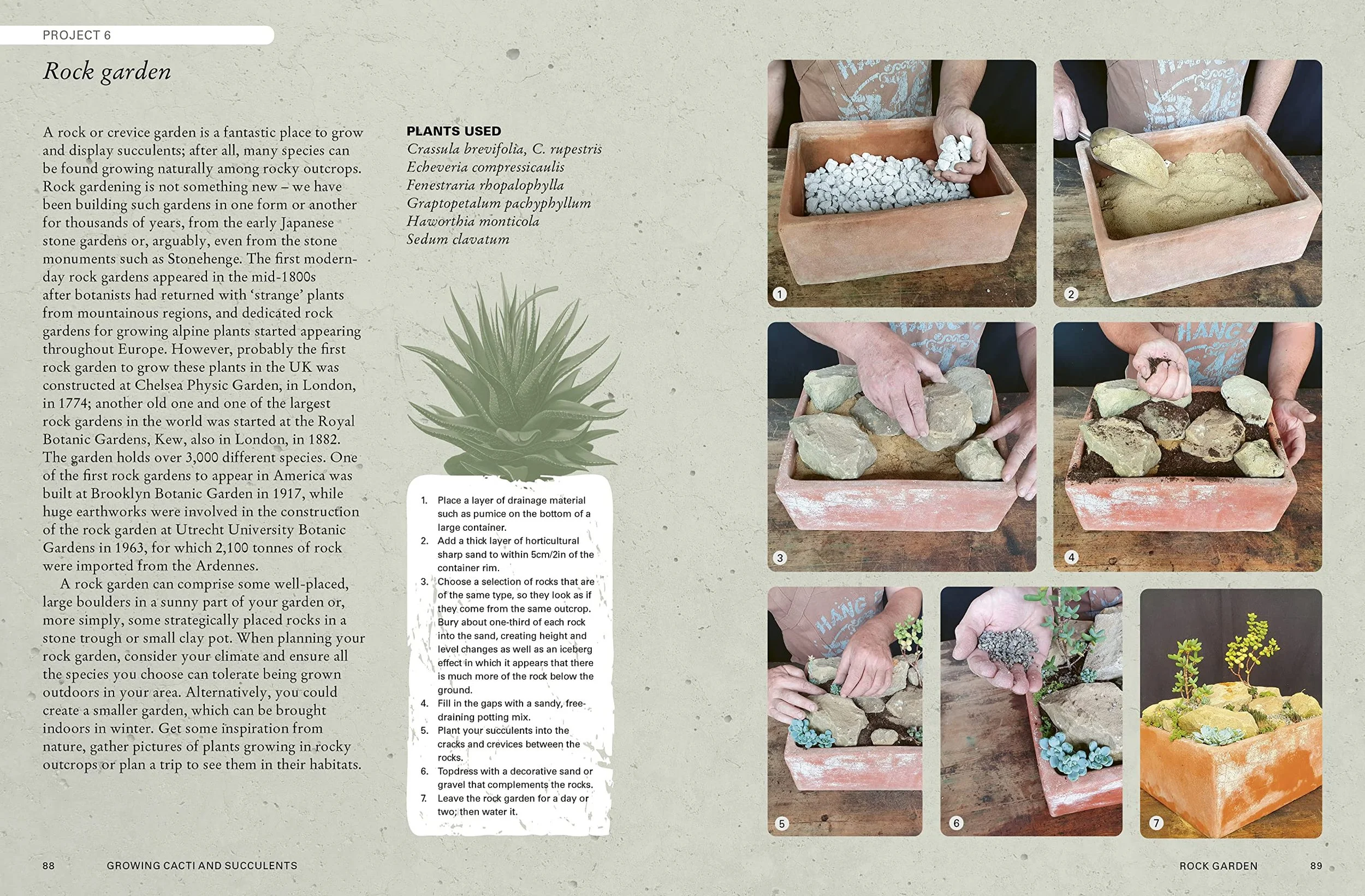Euphorbia Marmorata
collection from the shop only
Marble Leaf Spurge, scientifically known as Euphorbia Marmorata, is a perennial succulent recognized for its unique marbled or mottled leaves. This distinctive variety adds a rare charm to your plant collection, showcasing impressive growth and stunning foliage when provided with proper care and suitable light conditions.
Size: 27cm Terracotta Pot, 100cm tall
collection from the shop only
Marble Leaf Spurge, scientifically known as Euphorbia Marmorata, is a perennial succulent recognized for its unique marbled or mottled leaves. This distinctive variety adds a rare charm to your plant collection, showcasing impressive growth and stunning foliage when provided with proper care and suitable light conditions.
Size: 27cm Terracotta Pot, 100cm tall
collection from the shop only
Marble Leaf Spurge, scientifically known as Euphorbia Marmorata, is a perennial succulent recognized for its unique marbled or mottled leaves. This distinctive variety adds a rare charm to your plant collection, showcasing impressive growth and stunning foliage when provided with proper care and suitable light conditions.
Size: 27cm Terracotta Pot, 100cm tall
Light - Euphorbia Marmorata thrives in full to partial sunlight, with a preference for bright, indirect light. While it can tolerate some direct sunlight, it's advisable to avoid prolonged exposure to intense midday sun, especially on hotter days.
Water - Allow the soil to dry out between waterings, as Euphorbia species are adapted to arid conditions. Water sparingly to prevent root rot, ensuring the soil has dried adequately before the next watering.
Temperature - Maintain warm temperatures between 18-24°C for Euphorbia Marmorata, as it is not cold-tolerant. Protect the plant from temperatures dropping below 10°C.
Soil - Use a well-draining cactus or succulent mix to promote good drainage, preventing waterlogged soil and supporting a healthy root system.
Repotting - Repot the plant when it outgrows its container or every 2-3 years. Opt for fresh, well-draining soil, and perform repotting in the spring during the active growth phase.
Toxicity - Toxic




















